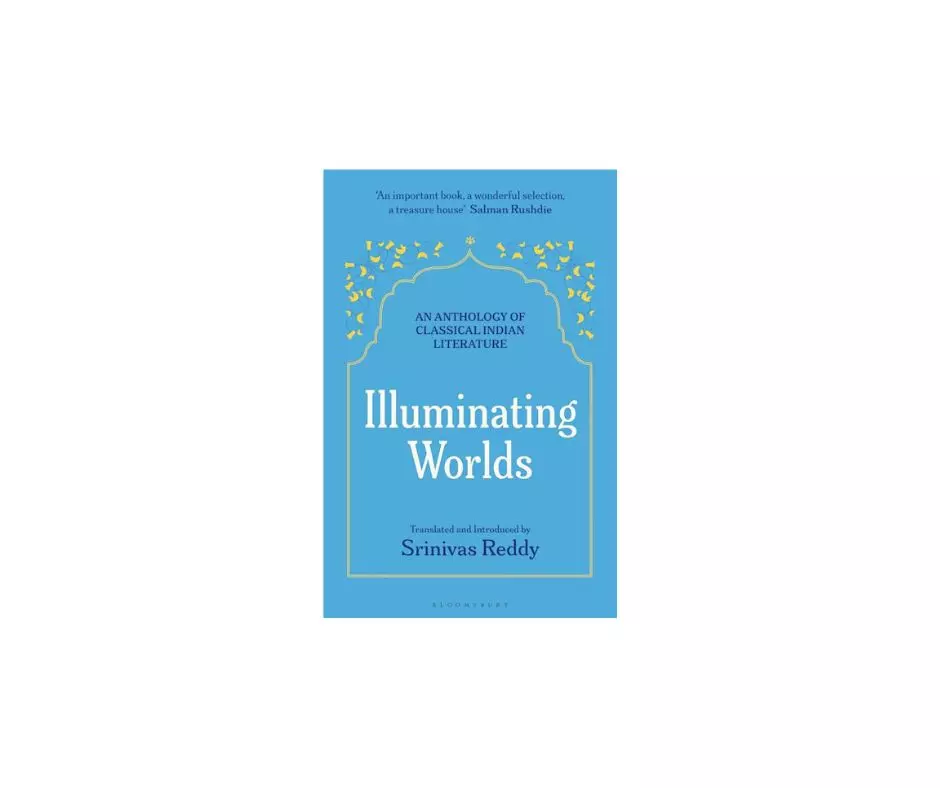Book Review | So many windows to minds of great Indian poets, seers

Welcome to language scholar and sitarist Srinivas Reddy’s distillation of the multifarious texts that together comprise classical Indian literature. The quality of the translation is just a wee bit uneven, faithful to script but lacking in nuance. The pieces, themselves, are all too brief and often unrelieved of the circumlocution of imagery and expression that characterises many traditional narratives.
The real surprise, however, lies in the selection of these texts. These appear as little windows on a time machine that can transport the reader into different eras of Indian history and let one contemplate the universe through the eyes of famous and lesser-known romantics and ascetics, poets and thinkers, see inside their minds even. On some occasions, they entice one to read the treatise in full, and explore the original. Which would be an insurmountable challenge for most readers as these are written or were recited in Sanskrit, the early Prakrits and Tamil. Herein lies the significance of this work. All credit to Reddy for illuminating lost worlds.
The timeline of the texts range from 1500 BCE (Rigveda) to 750 CE (Bhaja Govindam by Sankara). Multiculturalism is a much-abused concept today, but an appreciation of not only the diversity of language but also the panoply of, often complementary, philosophies, religions, regions and geographies they originate from might evoke wonder.
This reader was particularly enthused by the inclusion of the doctrines of the heterodox Ajivikas, many of whom were atheists. They were a sramana movement that existed around 500 BCE side by side with mainstream Jainism and Buddhism. The Buddha’s Samannaphala Sutta provides fascinating introductions to the antinomian ethics of Purana Kassapa, the “Theory of Everything” fatalism of Makkhali Gosala, the materialism of Ajita Kesakambali, the atomism of Pakudha Kachchhayana and the agnosticism of Sanchaya Belatthiputta. These are indeed fodder for great imagination.
Then there is the Buddhist Therigatha. The songs of the elder nuns Therika, Mutta, Uttara, Uttama, Soma, Vimala and Siha are cute in their confessional content and candour and talk about sensuality and renunciation.
A majority of north and east Indian readers are unfamiliar with the actual corpus of Sangam literature written between 100 BCE and 300 CE over a 400-year span of time. For them, Reddy acts as guide, bringing them a taste of their richness and beauty. And he does this successfully, conveying the elegance, emotion and drama immanent in the Akam and Puram poems with a deftness and sincerity that make the words come alive. Sample these lines: “You grab the wooden post in my hut and yell, ‘Where’s your son?’ But I don’t know where he is. This womb that gave him life is the den where a tiger once lived! So be sure, he’s out there on the battlefield.”
What a smorgasbord of stories and ideas!
Illuminating Worlds
Tr. by Srinivas Reddy
Bloomsbury
pp. 380; Rs 799
